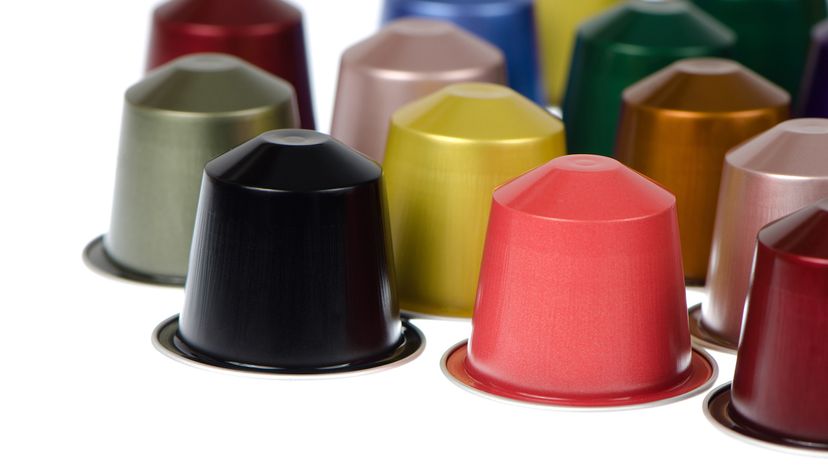
A Keurig coffee maker is a convenient way to enjoy your morning coffee, but it needs regular cleaning to ensure it brews better-tasting coffee every time. Over time, coffee oils, coffee grounds and mineral buildup can affect the flavor and performance of your machine. It doesn't take much effort to learn how to clean a Keurig, and those cleanings go a long way in helping maintain its longevity.
From the water reservoir to the K cup holder, every part of the Keurig plays a role in delivering your perfect cup. By using simple cleaning methods and something like a vinegar solution or a Keurig descaling solution, you can keep your coffee maker in top shape and eliminate that unpleasant vinegar taste during your brew cycle.
Advertisement